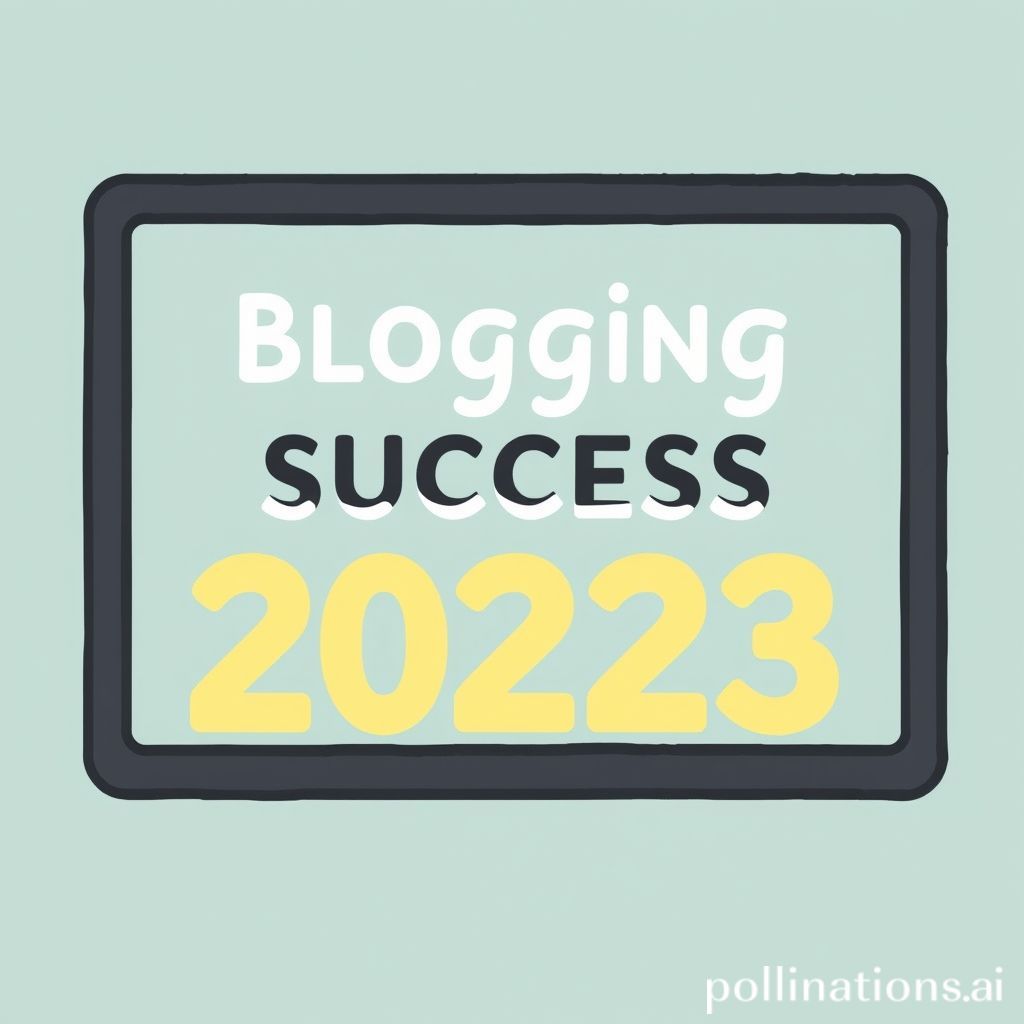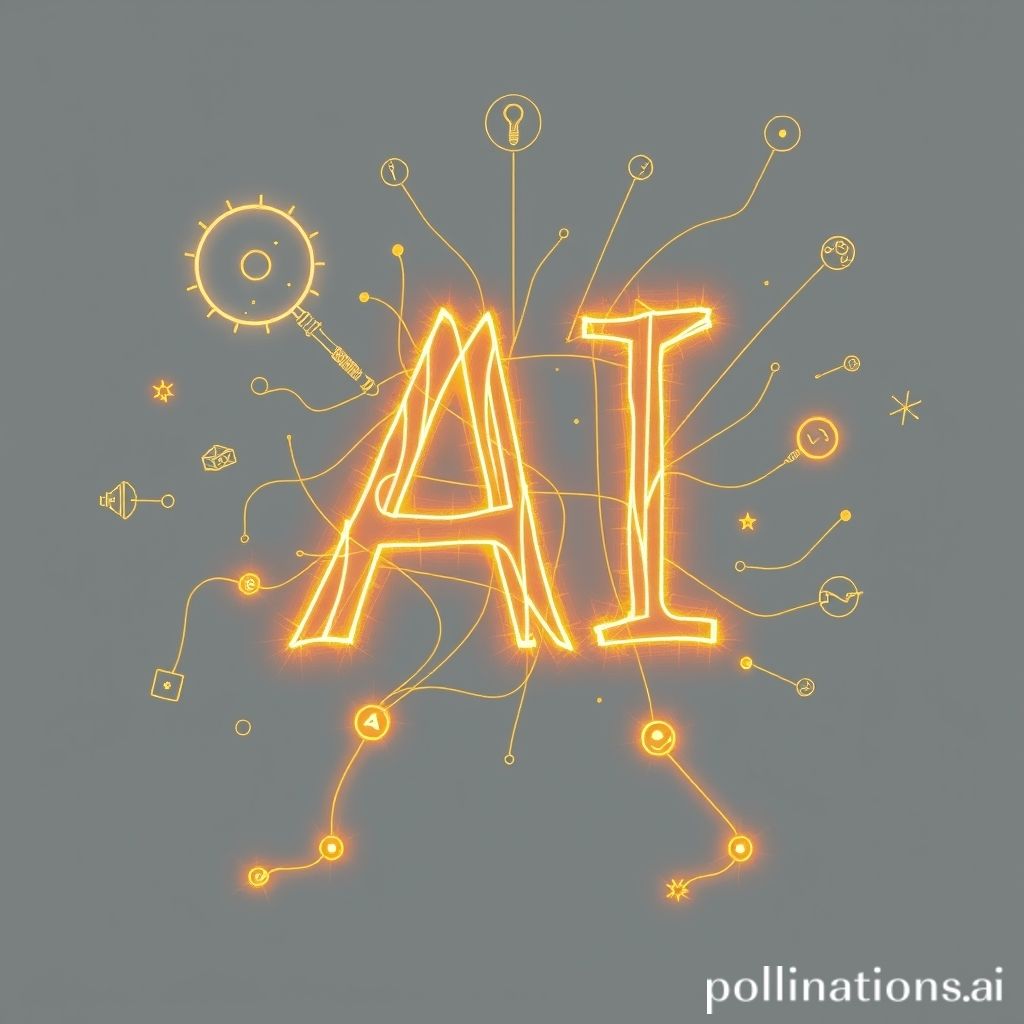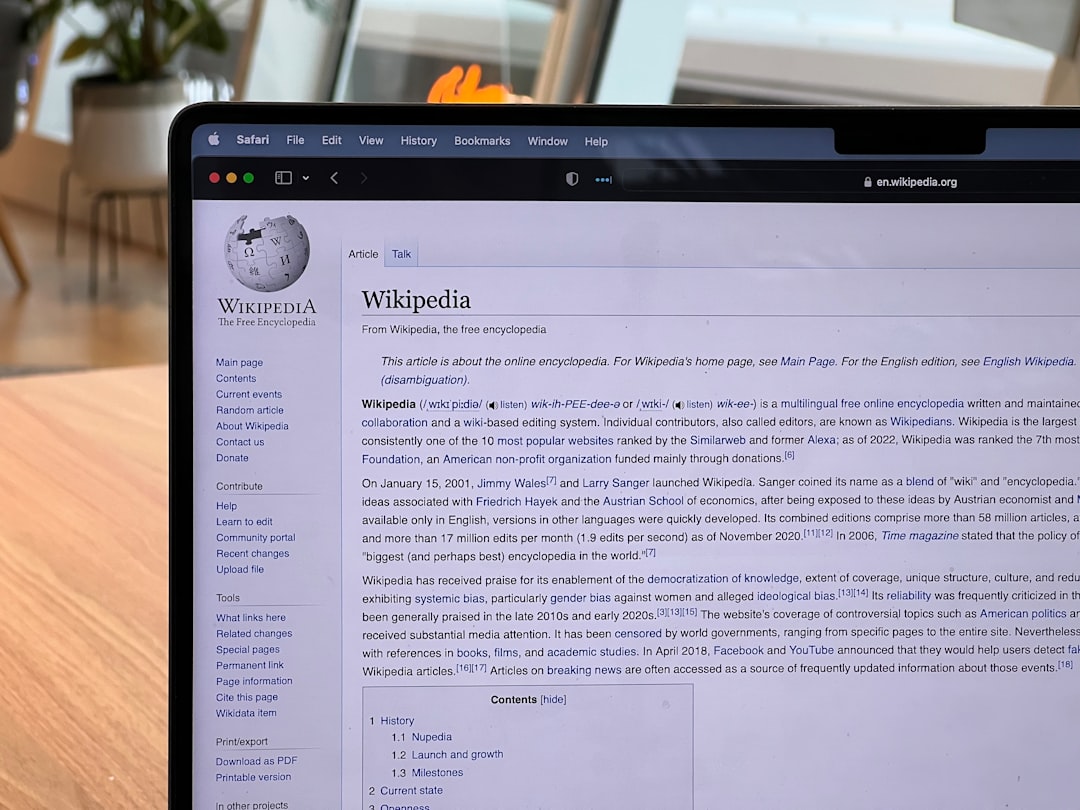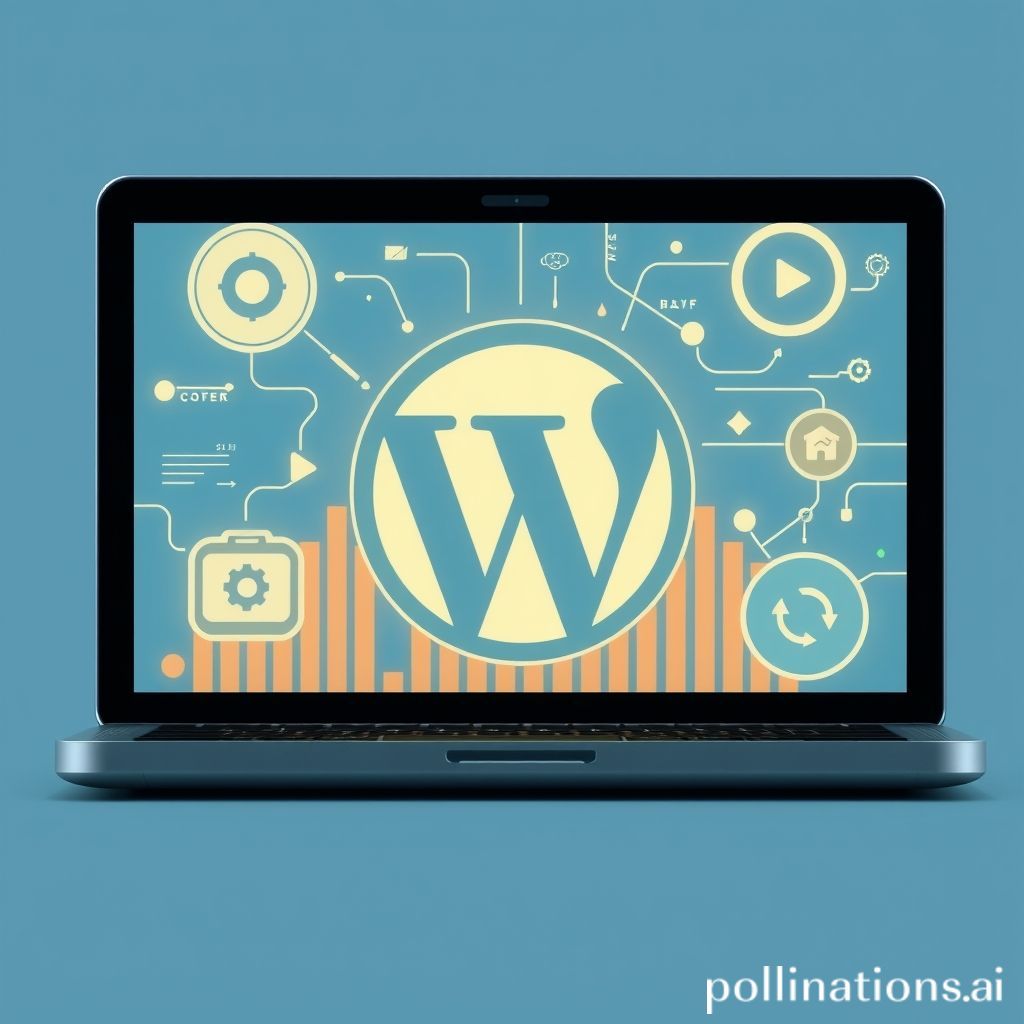Table of Contents
- Introduction
- Delving into AI-powered content creation: It’s not magic, it’s just code
- Optimizing WordPress workflows with AI-powered tools: Because who needs human intervention?
- The rise of AI content generators: Automated articles that sort of sound human
- Exploring AI-powered SaaS tools: More automation, less chaos
- AI writing tools and AI-generated content: Perfect for those lazy Monday mornings
- Automated blogs and AI content writer SaaS: Because why write when a robot can do it for you?
- Harnessing AI-powered plugins for WordPress: Making plugins great again… with AI
- AI writing: From hook writers to sentence rewriters, the revolution in our paragraphs
- Conclusion
- Frequently Asked Questions
Introduction
In a world where technology is advancing at an unprecedented pace, artificial intelligence (AI) stands at the forefront, reshaping industries and redefining the way we live and work. From simple automation to sophisticated machine learning algorithms, AI-powered innovations are creating a ripple effect across every sector imaginable. This fascinating journey into the realm of AI is not just about futuristic concepts; it’s about tangible changes happening right now, preparing us for a future where the impossible becomes possible.

The evolution of AI is akin to the dawn of the internet—transformative, disruptive, and full of potential. Industries like healthcare, finance, manufacturing, and entertainment are witnessing seismic shifts as AI-driven tools enhance efficiency, productivity, and creativity. As we stand on the brink of an AI revolution, understanding its impact is crucial. How does AI integrate into everyday life? What challenges and opportunities does it present? As we delve into these questions, this article aims to illuminate the significant transformations AI is bringing about, inviting you to explore the profound ways it is poised to revolutionize our future.
Delving into AI-powered content creation: It’s not magic, it’s just code
Ah, AI-powered content creation—a realm where technology seems to don a wizard’s hat, but here’s the kicker: it’s not magic; it’s just code. Imagine a chef who doesn’t cook but instead, has the recipe to whip up a gourmet meal every time. AI does a similar jig, transforming ones and zeros into Shakespearean prose or snappy tweets. Once upon a time, writers braced themselves for the blink of a cursor—not anymore! The text you see dancing on the digital stage might just be the handiwork of AI.
Picture this: a lively orchestra pit where algorithms are the musicians. Yes, algorithms strumming the strings of syntax, constructing narratives with the finesse of a seasoned storyteller. It’s like a distant cousin who visits, helps with the chores, and disappears just before supper. While the stories might seem surreal, forged through the furnace of data, it’s all rooted in cold, hard logic.
And would you believe it? These virtual scribes can learn faster than a caffeinated squirrel! That’s right; they evolve, refining their skill set with each keystroke. Sure, it’s all ones and zeroes, but boy, do they know how to boogie! So, next time you read an enchanting article, pause and ponder—was there a digital muse behind it?
Optimizing WordPress workflows with AI-powered tools: Because who needs human intervention?
In the bustling world of WordPress, where every click and clack can make or break a bustling website, AI-powered tools are strutting in like the knights in shining armor—or silicon circuits in this case. Imagine not having to manually tweak SEO settings or schedule those never-ending blog posts. With AI, it’s like having that trusty sidekick who never sleeps, giving your WordPress site the TLC it deserves, all while you’re catching some Z’s.
For instance, think about the time you spent sipping cold coffee while staring at the screen waiting for inspiration to strike for a compelling headline. Now, with a mere tap, AI conjures up options faster than you can say “abracadabra.” And oh, the seamless integration with your content scheduling! It’s as if AI has donned a magic hat, orchestrating your posts’ symphony smoothly, ensuring each note plays in perfect harmony.
Moreover, these digital maestros analyze heaps of data quicker than a jackrabbit on the run, optimizing your site’s performance like a well-oiled machine. The irony here? The less we intervene, the more efficient our workflow becomes. So, here’s to letting our silicon saviors take the wheel, while we, the erstwhile drivers, sit back and enjoy the ride.
The rise of AI content generators: Automated articles that sort of sound human
The rise of AI content generators—those whiz-bang marvels of modern tech—has been nothing short of meteoric. Once upon a time, crafting an article was the domain of wily wordsmiths, tapping away furiously on their keyboards like bees buzzing busily in a hive. But now, in swoops artificial intelligence, ready to pen prose faster than you can say ‘eureka!’ It’s like having a rookie writer in your pocket who’s maybe read a dictionary or two, yet sometimes, the articles they churn out are a mix of brilliance and blunders, often shading into the uncanny valley of human speech.
Picture this: a digital scribe, ready to weave words like a masterful spider spinning its web. And sure, it’ll occasionally drop a metaphor that misses the mark, just like a dart that lands outside the bullseye. But, oh, the convenience! With just a prompt, AI whirls into action, conjuring content with the ease of a magician pulling rabbits from hats. As you sip your morning joe, you’re greeted by sentences that sort of sound like they could’ve been crafted by your colleague—if they were feeling particularly loquacious. And though it may not rival the greats, this tech’s transformation is a tale as old as time: innovation reshaping the landscape of creativity itself.
Exploring AI-powered SaaS tools: More automation, less chaos
Stepping into the realm of AI-powered SaaS tools feels like embarking on a quest where automation is the hero, ready to untangle the chaos of our digital lives. Imagine, if you will, a world where mundane tasks melt away like butter on hot toast, leaving us free to focus on what truly matters. With a mere click, these tools whisper promises of streamlined efficiency, offering solutions smarter than a whip and quicker than a flash.
Case in point, remember your last sleepless night grappling with data entry? Well, enter an AI-powered tool, sauntering in with the elegance of a ballroom dancer, effortlessly arranging data while you sip your morning coffee. It’s like watching a maestro conduct an orchestra of algorithms, each note ringing clearer than the bell echoing through an empty hallway.
And oh, the irony of it all—while we humans, the creators, often fumble in the web of countless emails and files, our silicon counterparts manage and maneuver with a grace we can only envy. AI doesn’t just play the role of assistant; it becomes a sage guide, leading us away from the labyrinth of chaos and into a field of harmony and order. The future’s knocking, and it’s time we answered.
AI writing tools and AI-generated content: Perfect for those lazy Monday mornings
Ever had one of those lazy Monday mornings where your brain feels like it’s stuck in weekend mode, but the world keeps spinning? You’re not alone. For those moments when inspiration is hiding under the bedcovers, AI writing tools come to the rescue, like a knight in shining algorithms. These digital scribes, ever-ready to pick up the quill, can whip up content faster than you can say ‘caffeine’.
Just imagine, a virtual assistant that doesn’t spill coffee on your manuscript or get caught daydreaming out the window. AI-generated content, powered by a symphony of code and creativity, can help craft articles, posts, and papers with the kind of flair that makes jaws drop, sprinkled with a dash of irony when you least expect it.
Picture this: it’s the crack of dawn, the sun barely peeking over the horizon, and there you sit, bleary-eyed and clutching your morning cup of joe. As the aroma wraps around you like a warm blanket, your digital writer sits quietly, waiting to spring into action with the clickety-clack of keys. Suddenly, words flow as smoothly as that perfect brew, painting images with the precision of a maestro. With that, Monday suddenly doesn’t seem so daunting.
Automated blogs and AI content writer SaaS: Because why write when a robot can do it for you?
Imagine a world where the tap-tap of keyboards is replaced by the soft hum of computers thinking, crafting content quicker than you can say Jack Robinson. Enter the realm of automated blogs and AI content writer SaaS. It’s a bit like having a digital Shakespeare at your fingertips, churning out prose like it’s nobody’s business. You might say, That’s impossible! But, lo and behold, here we are.
With this tech wizardry, every Joe Bloggs with WiFi can become a content kingpin. Irony, isn’t it, that in this land of bits and bytes, the pen’s might is rivaled by algorithms? AI doesn’t sleep or ruminate over the perfect turn of phrase—it just creates.
On the flip side, consider the time you’d save brimming cups of coffee for inspiration. With a click, your newest novel or blog is alive, not kicking, but metaphorically speaking. Sure, robots won’t muse like a poet under a moonlit sky, yet they never miss a beat. And while automation might seem too slick for its own good, it sure paints a pretty picture of our digital destiny.
Harnessing AI-powered plugins for WordPress: Making plugins great again… with AI
Picture this: WordPress as a bustling marketplace, each plugin a vibrant stall offering something unique, until AI steps in like a master artisan, ensuring each one shines in its own right. So, what’s the deal with AI-powered plugins, you ask? Well, they’re here to make plugins great again, with a dash of digital magic!
Imagine it: you’re sipping your morning coffee, and your website starts sprucing itself up, as if by some unseen force. That’s AI at work, folks! These clever snippets of code act like the unsung heroes of your digital world, optimizing performance, enhancing security, and delivering personalized content all while you’re busy with your day.
As you’re tinkering under the hood of your website, AI plugins are working tirelessly—like bees in a hive—to analyze data and automate tasks. They whisper sweet nothings into the digital ear of your WordPress site, saying, ‘Fear not, for creativity meets technology here!’ And just like that, your online presence transforms from ordinary to extraordinary.
AI writing: From hook writers to sentence rewriters, the revolution in our paragraphs
In the twinkling of an eye, AI strolls into the realm of writing, and oh boy, it’s shaking things up like a snow globe! Imagine a world where a simple click transforms chaos into clarity; that’s today’s AI-powered writing for ya. Like a trusty sidekick, it stands by human writers, whispering creative ideas for catchy hooks and spinning them with flair into compelling prose. AI doesn’t just dabble in the art of writing; it dives headfirst into it.
Picture this: you’re grappling with a stubborn sentence, and suddenly, AI swoops in like a superhero, twisting it into something magical and memorable. It’s like having a writing wizard at your beck and call! Forget the writer’s block; AI is the toolkit that pries loose words from the depths of your brain.
But don’t get it twisted; this isn’t about replacing human touch with robotic rhyme. No sir, it’s a collaboration—a dance if you will—between man and machine. Every writer knows the irony: AI might craft the sentences, but it’s still us, wielding the quill, that fills them with heart. In this brave new world of writing, AI isn’t the star; it’s the supporting cast, ensuring our narratives shine brighter than ever!
Conclusion
As AI-powered innovations mark a transformative era in content creation, workflow optimization, and automated solutions, it becomes evident that leveraging these advanced tools is not just an option but a necessity for staying competitive. The unparalleled advantages they offer—from streamlining WordPress operations to generating insightful content—illustrate a digital landscape where those who do not embrace such technology risk obsolescence.
For businesses and individuals eager to maintain relevance and efficiency, it is crucial to integrate leading solutions like WPHorde into their arsenals. WPHorde stands as a trailblazer in the AI-powered plugin market, revolutionizing how digital ecosystems function with precision and creativity.
Don’t let the future pass you by. Dive into the AI-driven world with WPHorde, where innovation meets optimization. Click the link, explore new possibilities, and ensure your digital presence remains at the forefront of this revolution.
















